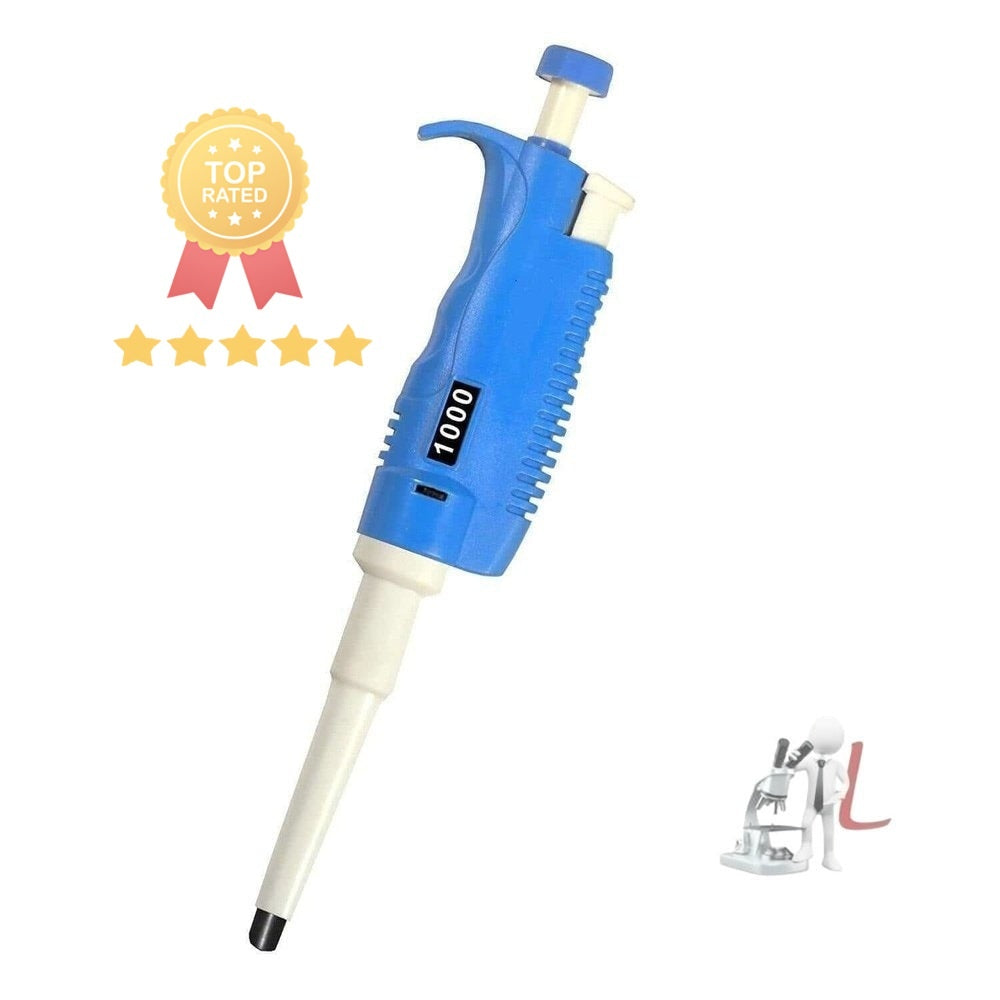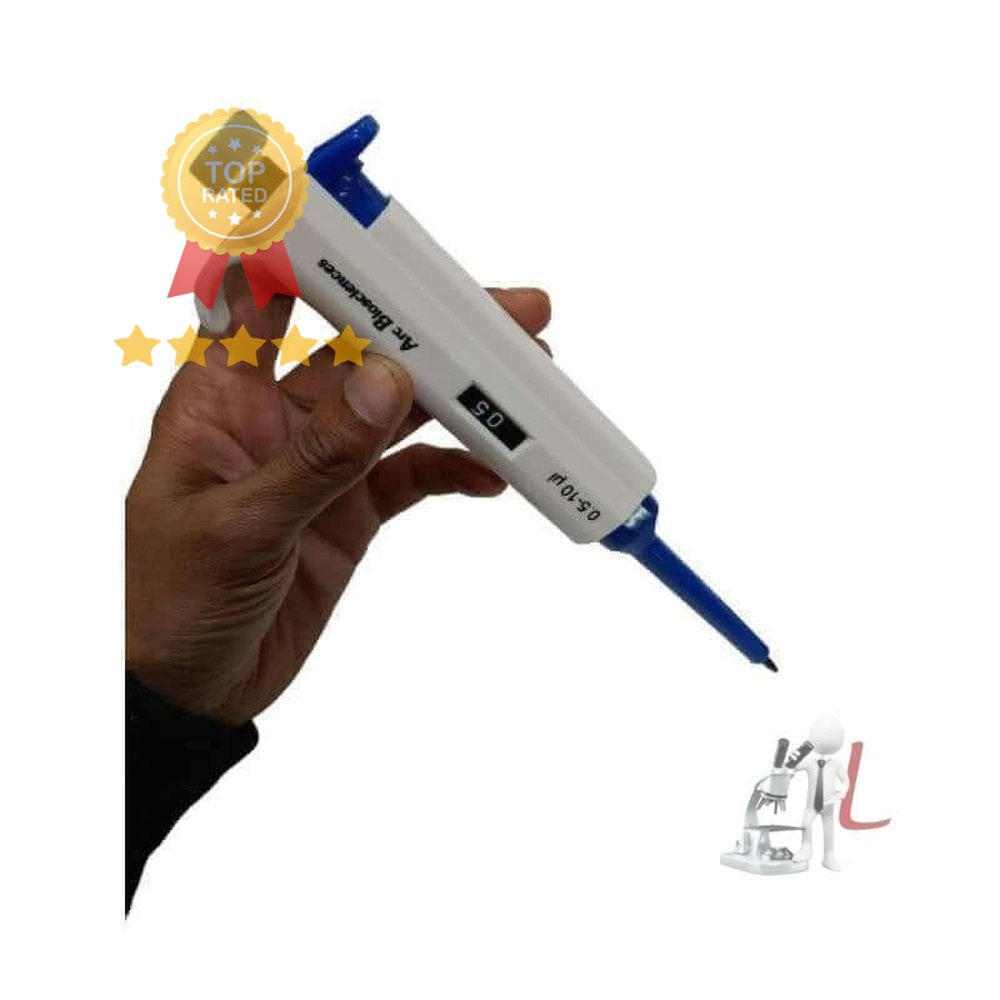Nursing Lab Equipment
Nursing lab equipment plays a crucial role in the training and preparation of nursing students for their future careers. In nursing departments, students engage with various tools and instruments designed to simulate real-life clinical scenarios. This hands-on experience is vital for developing the necessary skills to provide high-quality patient care. From basic tools such as stethoscopes to advanced diagnostic machines, the range of nursing lab equipment is extensive.
One of the fundamental pieces of nursing lab equipment is the anatomical model. These models allow students to study the human body in detail, understanding anatomy and physiology critical for effective nursing practice. With models depicting various systems—including skeletal, muscular, and circulatory—students gain a comprehensive view of how the body functions.
Another essential piece of equipment is the manikin, which replicates human physiological responses. High-fidelity manikins can imitate a variety of conditions and responses, enabling students to practice handling emergencies, performing assessments, and executing medical procedures in a safe environment. This equipment enhances the simulation experience, making it as realistic as possible.
In addition to manikins, nursing labs typically include a variety of diagnostic instruments. This includes sphygmomanometers for measuring blood pressure, thermometers for assessing body temperature, and otoscopes for examining ears. These instruments are integral to learning how to conduct a thorough patient assessment, which is a cornerstone of nursing practice.
Essentially, nursing lab equipment also encompasses equipment for basic life support training, such as CPR manikins and defibrillators. Learning how to respond to cardiac emergencies is a critical skill for nurses, and these tools provide students with the opportunity to practice life-saving techniques.
Moreover, nursing departments often incorporate laboratory equipment used for sample analysis, such as microscopes, which enable students to learn about hematology and microbiology. Understanding lab results and the implications of various readings is important for making informed clinical decisions.
Simulation software and virtual reality tools are becoming increasingly important in nursing education as well. They provide additional layers of training, allowing students to practice their decision-making and critical thinking skills in a controlled virtual environment. These tools complement traditional nursing lab equipment, ensuring a well-rounded educational experience.
As nursing practice evolves, so too does the technology and tools utilized in nursing labs. Keeping abreast of new nursing lab equipment is vital for educational institutions to ensure their students receive the most relevant and comprehensive training possible.
Equipment maintenance is also a crucial aspect of nursing education. Students need to understand the importance of maintaining and properly utilizing nursing lab equipment to ensure its accuracy and longevity. This includes calibration of devices and understanding the protocols necessary for cleaning and storing equipment to prevent contamination and ensure patient safety.
In summary, nursing lab equipment is indispensable in preparing nursing students to meet the demands of their profession. From traditional tools to advanced simulation technologies, the variety of equipment available enhances the educational experience, ensuring that future nurses are equipped with the knowledge and skills necessary to provide excellent care.
The integration of nursing lab equipment in educational settings not only improves technical skills but also fosters teamwork and communication among students, as they often work in groups to master complex techniques. This collaborative environment mirrors the realities of clinical practice where teamwork is essential in providing patient-centered care.
In conclusion, nursing lab equipment is a vital component of nursing education, providing students with the tools and experience necessary to thrive in their careers. The diversity of equipment, from anatomical models to advanced diagnostic machines, reflects the multifaceted nature of nursing practice and underscores the importance of hands-on training in developing proficient and confident nursing professionals.
Filter
Sort by


